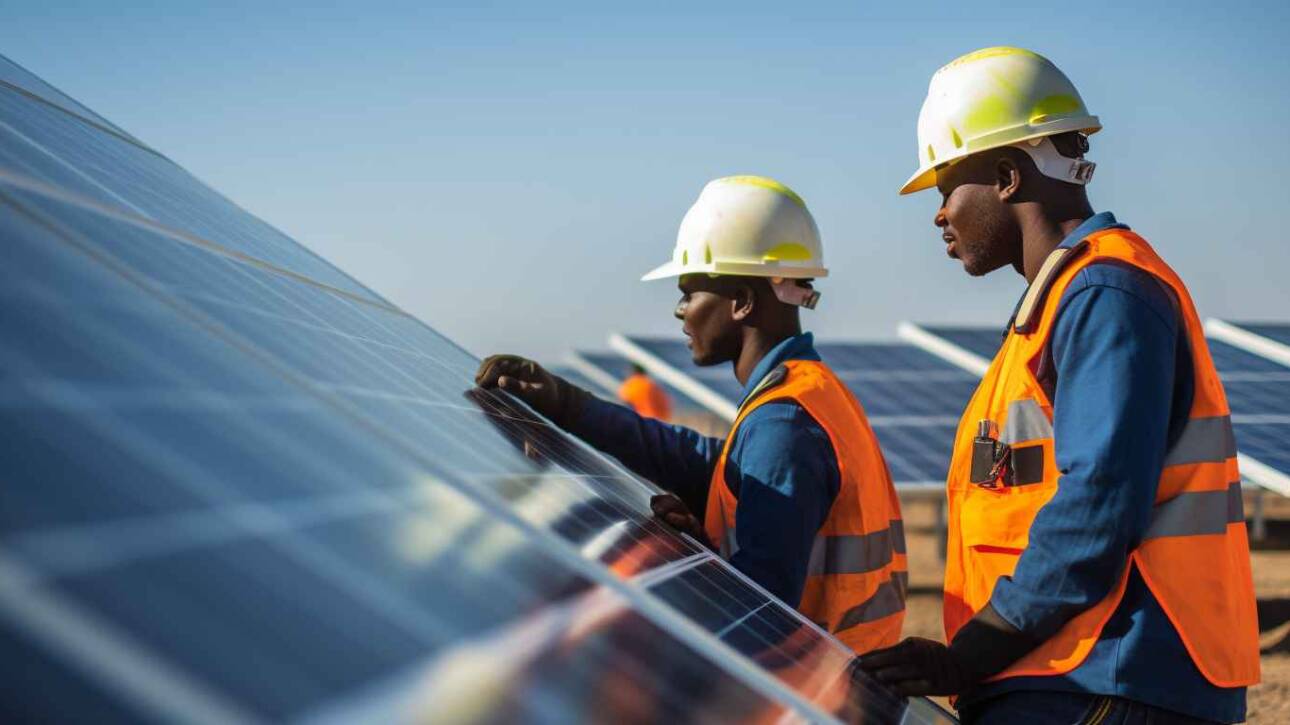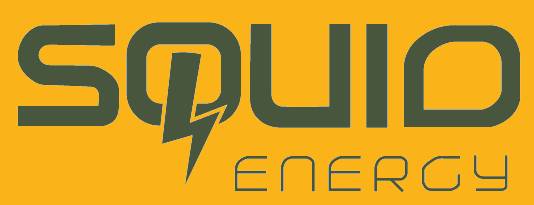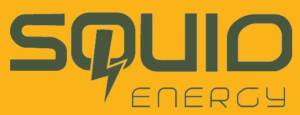T
ransitioning your business to solar power is a smart decision that can lead to long-term cost savings and environmental benefits. However, the cost of going solar can vary significantly from one business to another. In this blog post, we’ll explore the key factors that influence the cost of a business going solar, helping you understand the investment required for a successful transition to clean and renewable energy.
Solar System Size:
The size of the solar system your business needs is one of the most significant cost factors. Larger systems with more solar panels can generate more electricity but also come with a higher upfront cost. The size of the system should be tailored to your energy consumption and budget.
Energy Consumption:
Your business’s energy consumption plays a crucial role in determining the cost of going solar. If your business has high energy demands, you’ll likely need a larger and more expensive solar system to cover those demands effectively.
Location and Sunlight:
The geographical location of your business affects the efficiency of your solar panels. Areas with more sunlight and fewer obstructions will produce more electricity, allowing for a smaller system and lower costs.
Solar Incentives and Rebates:
Government incentives and rebates can significantly reduce the cost of your solar installation. Tax credits, grants, and other financial incentives can make the transition to solar more affordable for businesses.


Installation Complexity:
The complexity of the installation can affect costs. If your business’s roof requires structural modifications or if the installation site is challenging, installation costs may increase.
Solar Panel Quality:
The quality of the solar panels you choose can impact costs. High-efficiency panels may cost more upfront but can lead to better long-term savings due to their increased energy production.
Battery Storage:
Adding battery storage to your solar system can increase costs but provides backup power during outages and allows for greater energy independence.
Ongoing Maintenance:
Consider the costs associated with maintaining your solar system. While solar panels are relatively low-maintenance, ongoing inspections and occasional maintenance may be necessary.
Financing Options:
How you choose to finance your solar system can also influence the overall cost. Options such as purchasing, leasing, or power purchase agreements (PPAs) can affect the upfront investment and long-term savings.
How you choose to finance your solar system can also influence the overall cost.
Energy Rate Structure:
The current electricity rate structure in your area can influence the cost-effectiveness of going solar. High electricity rates make solar investments more attractive, as the potential for savings is greater.

Conclusion
The cost of transitioning your business to solar power is influenced by a combination of factors, including the size of your solar system, your location, available incentives, and your energy consumption. While the initial investment may vary, it’s important to consider the long-term benefits of going solar, including reduced energy costs, environmental responsibility, and energy independence. By carefully assessing these factors and working with experienced solar professionals, businesses can make informed decisions to maximize the financial and environmental advantages of adopting solar energy.


1 Comment
Ashton Porter
Phasellus et ipsum justo